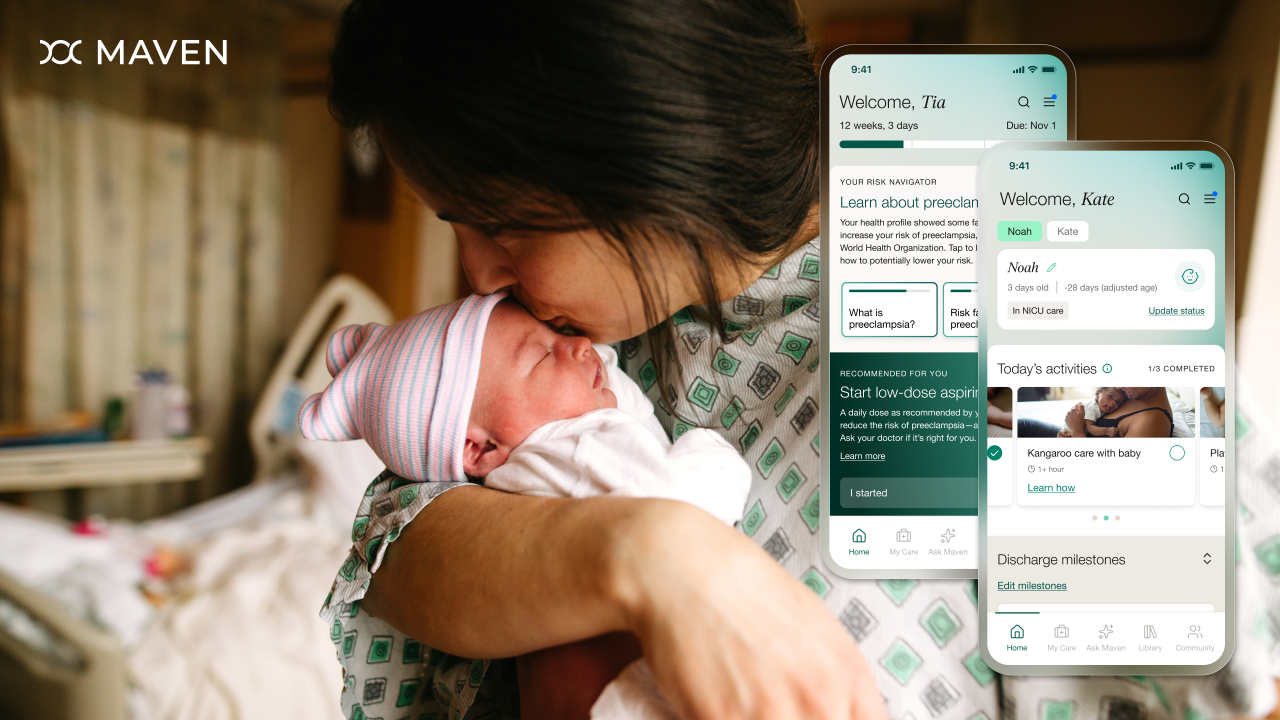After becoming paralyzed in 2009, Beka Anardi never thought about working again. That is, until the pandemic hit.
As millions of people began working remotely, Anardi realized she could resume her career as a recruiter. She sent her resumé to a few people in her network at the end of last year and was employed within a matter of weeks. The 41-year-old now works
"If you had asked me two years ago if I would ever return to work, I would've said no. It never entered my mind as a possibility until everyone was working remote," said Anardi, who lost the use of her legs during the birth of her first child, after which doctors discovered and removed a tumor that had been pressing against her spine. "It's a much more comfortable situation when you can interview over Zoom and people don't see a wheelchair as the first thing about you."
Anardi is part of the second-largest minority group in the U.S. — adults with
Read more:
There are signs the disabled employment boom could last.
Adults with disabilities have rarely been employed in such high numbers, thanks in large part to the removal of one of the biggest obstacles to having a job — commuting. About 5.6 million disabled men and women ages 16-64 were employed
By contrast, the labor-force participation rate of working adults without disabilities has risen almost four percentage points in the same period.
All of this has made
Read more:
"We see it all the time, a template that may be in place for 15 to 20 years. They really need to lift 40 pounds? They really need a driver's license?" Foley said. "You want to make sure there's nothing in job descriptions or ads that's going to put people off."
There's reason to believe the disabled population figures, which don't include those with long COVID, are higher. The symptoms of long COVID are still emerging and are difficult to diagnose, but most sufferers
A Brookings Institution study estimates that long COVID is keeping as many as
A disability can affect mobility and cognition but also the ability to see, hear, live independently and perform self-care, such as dressing or bathing. And as those with disabilities know full well, physical or mental handicaps can make it tough to find a job. For Bela Gaytan, it was hard to advance her career until remote work became more commonplace. Between her full-time job in instructional design and part-time work as a social-media manager, she's more than quadrupled her pre-pandemic earnings.
Gaytan, 46, who suffers from chronic pain and has a host of medical issues that cause cognitive and mobility impairment, used her newfound earnings to buy more ergonomic equipment for her desk and medical braces that insurance wouldn't cover. "I really went all out trying to make myself more comfortable," Gaytan said. "I'm still in shock sometimes that I can buy things that will make my life better without worrying if I'll have enough money to pay rent."
Read more:
Just because a disabled person is working doesn't necessarily mean that the conditions are fair. There's a nationwide effort to crack down on the labor certificates, allowed under the Fair Labor Standards Act of 1938, that let companies pay people with disabilities a sub-minimum wage, but many employers still use them.
Some U.S. employers, meanwhile, are hell-bent on getting workers back in the office now that Covid concerns have largely abated. "Unfortunately, we're hearing more about companies saying that's what we did during the pandemic, and now that that's over, we're going 'back to normal,' which is in-person work," said Daniel Van Sant, director of disability policy at the Harkin Institute, a research center at Drake University in Iowa. "It's disregarding any of the successes people were having working from home."
Maureen Dunne, a consultant and advocate for neuro-diverse workers — which includes people with autism, mental illness and other neurological or developmental conditions such as ADHD and dyslexia — is more optimistic. She's seen an increase in client interest, especially as many employers embrace
"You can hire someone and check a box, but to find these models that are really working, you need to put neuro-diverse people in meaningful roles that are truly taking that organization forward," said Dunne, who has a child with autism. "I do see more interest and movement in that direction."






